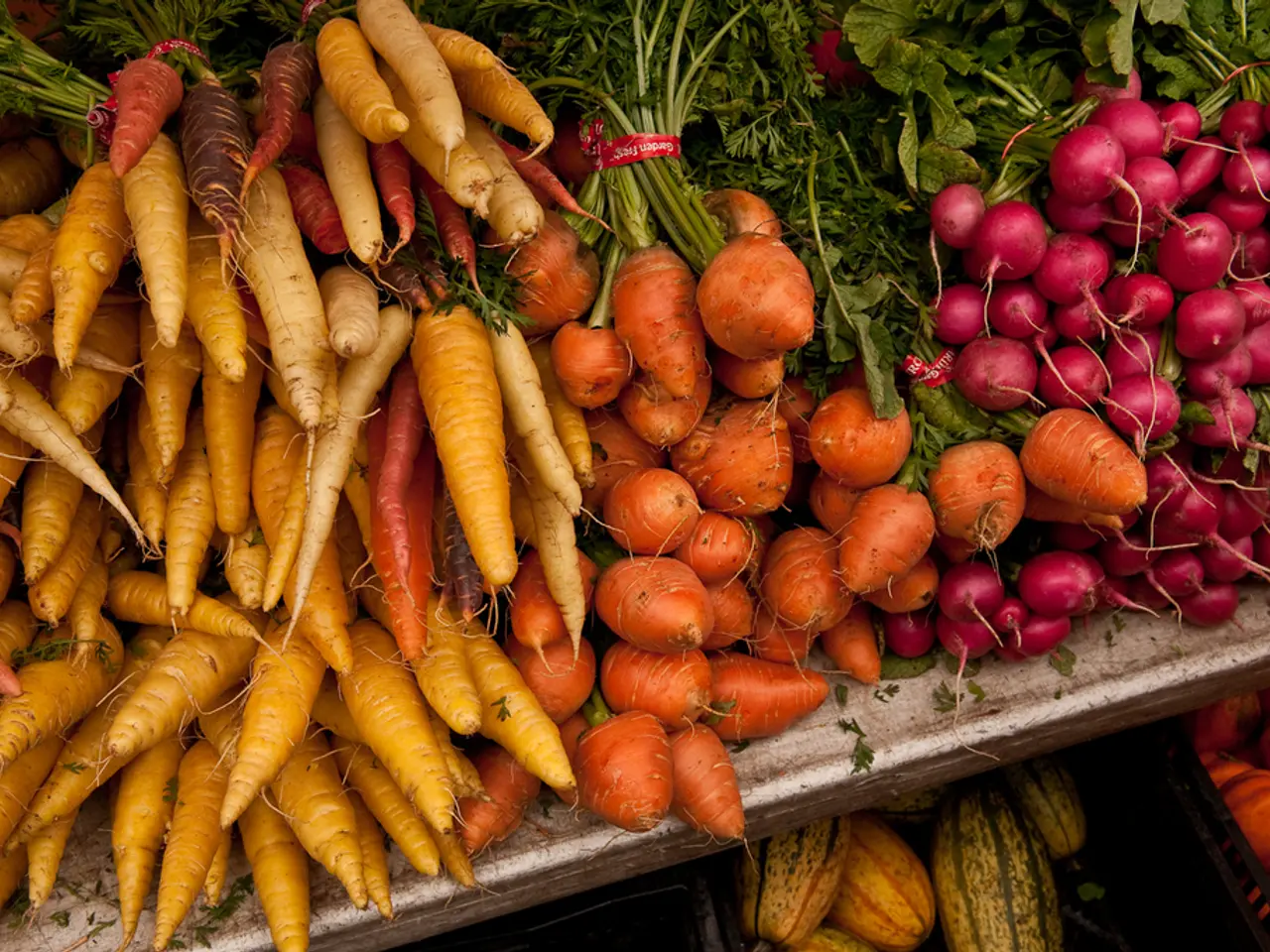Essential Guide to Vegetable Gardening for Green Thumbs Just Starting Out
Preparing a Productive Vegetable Garden: A Guide for Beginners
Growing your own vegetables can be a rewarding and fulfilling experience. Here's a step-by-step guide to help you create a successful vegetable garden.
1. Soil Preparation and Quality
Preparing healthy, nutrient-rich soil is the foundation of any garden. Test your soil's pH (ideally around 6.0 to 7.0 for most vegetables), nutrient levels, and texture. Amend it with organic matter like compost to improve structure and fertility. Well-prepared soil supports vigorous plant growth and better yields.
2. Climate and Growing Zone
Understand your local climate and USDA hardiness or growing zone. This knowledge determines which vegetables can thrive in your environment and helps you time your planting appropriately, considering frost dates and temperature requirements.
3. Sunlight Exposure
Choose a garden location that receives at least six hours of direct sunlight daily, as most vegetables require this for optimal growth. Some crops like tomatoes and peppers may need even more sun.
4. Plant Selection
Select plants suited to your climate, soil, and space. Consider your gardening goals and choose varieties known to perform well in your conditions. Mixing different crops can also help reduce pests.
5. Watering and Drainage
Ensure consistent watering using clean water sources like rainwater where possible. Proper drainage in soil or containers prevents root rot and other issues.
6. Garden Layout and Space Management
Plan the garden layout carefully, including paths and crop arrangement to allow maintenance access and reduce pest problems. Stagger plantings for continual harvest and interplant faster-growing crops with longer-term ones for space efficiency.
7. Starting Seeds and Seedlings
If starting plants from seeds, use appropriate sowing and nurturing techniques to promote healthy seedlings before transplanting into the garden.
8. For Container or Greenhouse Gardening
Use well-draining, fertile soil mixes and containers with proper drainage holes. Consider self-watering containers or techniques to maintain moisture if space or time is limited.
Additional Tips
- South-side spaces get maximum sun exposure, while north side spaces are usually shady.
- Good drainage is important in a vegetable garden to prevent standing water.
- Add organic compost to the soil to improve its quality and allow water and oxygen to penetrate the ground.
- Clear the plot of weeds and garden debris, check the soil's pH, and adjust it to the appropriate level for the vegetables you'd like to grow.
With these considerations in mind, you're well on your way to establishing and maintaining a productive vegetable garden. Happy gardening!
Maintaining a balanced home-and-garden lifestyle can include creating a productive vegetable garden. After careful planning and preparing nutrient-rich soil, one might choose to incorporate gardening activities, such as growing vegetables, into their home-and-garden pursuits.



